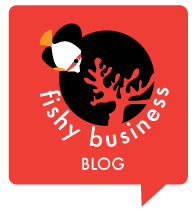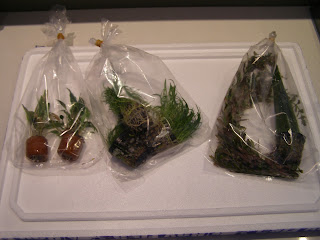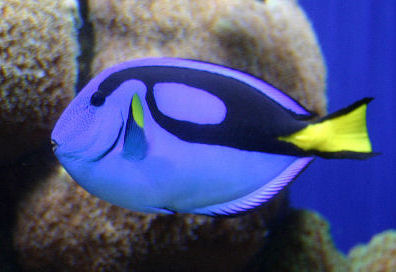Nitrogen Cycle
The nitrogen cycle is a term used to explain the cycle that breaks down fish waste and other
types of waste into Nitrate, a process which occurs in your aquarium (fresh or saltwater).
When fish waste enters into the aquarium (i.e. Nitrogenous waste) it is quickly converted into
ammonium, a very toxic substance for fish. Bacteria which live in an aquarium have the job of
breaking this ammonium down into nitrite; another substance toxic to fish. The breakdown of
ammonium to nitrite requires oxygen and, the presence of Aerobic bacteria (i.e. bacteria which
require oxygen to survive). The final step in the cycle also requires oxygen and aerobic bacteria
to breakdown nitrite into nitrate, which is the least toxic of the substances in the cycle; this is a
substance which typically builds up in an aquarium which requires a water change to remove.
Fish can tolerate higher levels of nitrate however; this can also get too concentrated in an
aquarium and also cause fish to stress. High nitrate levels can compromise the immune/defence
systems of fish, and cause problems like white spot.
Usually ammonium or nitrite is present in an aquarium when it is first set up. Reason being, that
each step in the process requires different types of bacteria however, it takes a while for these
bacteria to colonize and grow in your filter and aquarium gravel/decor etc. Once these bacteria
have colonized the aquarium they will breakdown the ammonium and nitrite to nitrate very
efficiently so long as the fish are not overfed or overpopulated in the aquarium. It normally takes
about 2 -3 weeks for the cycle to establish in a freshwater aquarium (longer in a saltwater
aquarium). If ammonium or nitrite is detected in an aquarium after it has been established, it can
mean that the fish are being overfed, which in turn is causing the fish to create more waste than
the aquarium can handle. The following levels would be considered toxic to fish and other
animals in an aquarium:
Nitrogenous Compounds Concentration limit for an aquarium:
Ammonium 0.4 ppm
Nitrite 0.1 ppm
Nitrate 100 ppm
ppm = (parts per million)
*** When the concentration of nitrate reaches 50 ppm it is best to perform a 25% water change.
So what happens with the Nitrate?
Well, nitrate is actually broken down by anaerobic bacteria (bacteria which survive in an
environment containing NO oxygen). Due to the fact that most aquariums do not contain many
areas for the anaerobic bacteria to live, nitrate isn’t actually broken down very fast and tends to
build up in an aquarium, so water change is a must. Filters, when working correctly are quite
saturated with oxygen from the aquarium water therefore; do not typically contain these bacteria
either. In the wild, it’s a different story – there are many places for these types of bacteria to live
therefore the water quality will always be much better than what most aquarists can simulate in
an aquarium.
Filter
This is where the breakdown of the majority of waste happens. The explanation above details the
process that actually takes place inside the filter and, to a lesser extent in the actual aquarium, on
rocks, in gravel and on decor or plants. For this reason it is vital to never wash filter media with
tap water which contains chlorine, this will kill the bacteria in the filter. It is always best to wash
filter media with aquarium water, or only change the filter wool and leave the rest of the filter


















































